Planning for Life in a Retirement Community
There is no doubt that people are living longer and enjoying a higher quality of life in their retirement years. Given the high demand of retirement communities, which can include independent living and assisted living alternatives, many are taking a proactive approach in evaluating and moving into these communities—prior to health changes that could warrant the necessity to move in.
There are a number of considerations for those who are comparing retirement communities. We would classify the decisions into both financial and non-financial decisions. While there are many non-financial considerations, here are a few that should come to mind:
What type of community will best serve your needs both now and in the future?
What types of services and activities are provided to residents of the community? Transportation and cleaning services, meal plans, as well as group and social activities should be considered.
Is the community location convenient for your children or friends to visit? Is it convenient to places that you like to visit, or activities you enjoy like churches, movie theaters, restaurants or museums?
What is the staff to resident ratio for each segment of the community (independent living, assisted living and nursing care)?
On your visit to the community, do residents and staff seem happy? Is the food good? Are there planned activities that you would enjoy? Do other residents seem similar to you (demographic, backgrounds, etc.)?
Are there available floor plans that will meet your needs? What is the waiting list for each type of floor plan that is available on average?
Evaluating retirement communities from a financial standpoint can be complicated and a bit confusing. However, here are a few financial questions you should consider:
Is your asset base sufficient enough to support transitioning into your preferred retirement community?
Is your portfolio invested in such a way that both your cash flow and return requirements are met?
Which asset or account should be utilized in order to make a down payment in the most tax-efficient manner?
Given your preferred retirement community’s upfront and back-end payment alternatives, which is best given your circumstances?
When taking distributions to cover ongoing expenses, which account should be utilized to minimize and control both current and future expected taxes?
What impact does existing long term care insurance coverage (or lack thereof) have on your decision?
What role can annuities, pensions, Social Security and even life insurance policies serve especially with regards to preserving your asset base and managing tax efficiency?
How would the cost of a retirement community impact other personal financial objectives you may have? Inheritance for heirs or charitable bequests may need to be considered.
Is there a need to make adjustments to your estate plan? Beneficiary designations, revocable living trusts (or other trusts), or even shifting asset ownership among spouses may be strategies to consider.
We have found that when it comes to choosing a retirement community, those who are happiest and most confident with their choice are those who carefully consider both the financial and non-financial aspects when making their decision. If you have any questions, or would like assistance evaluating your choices, please contact our office.
